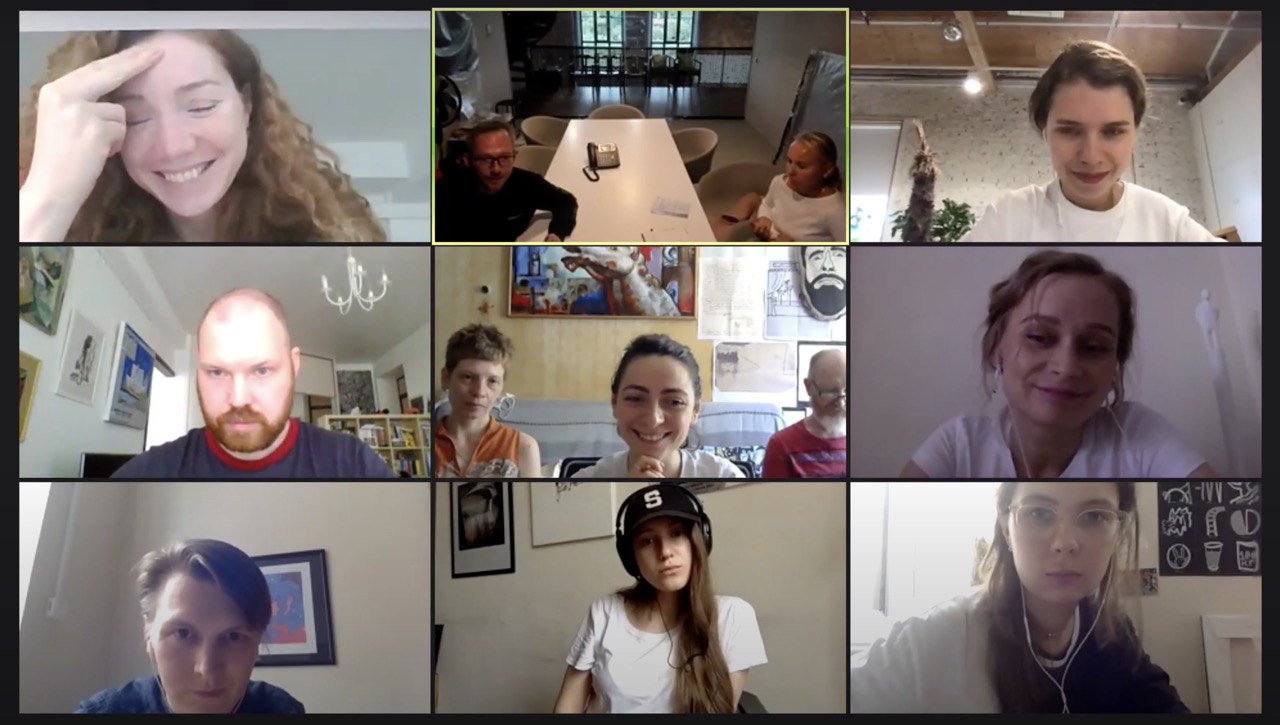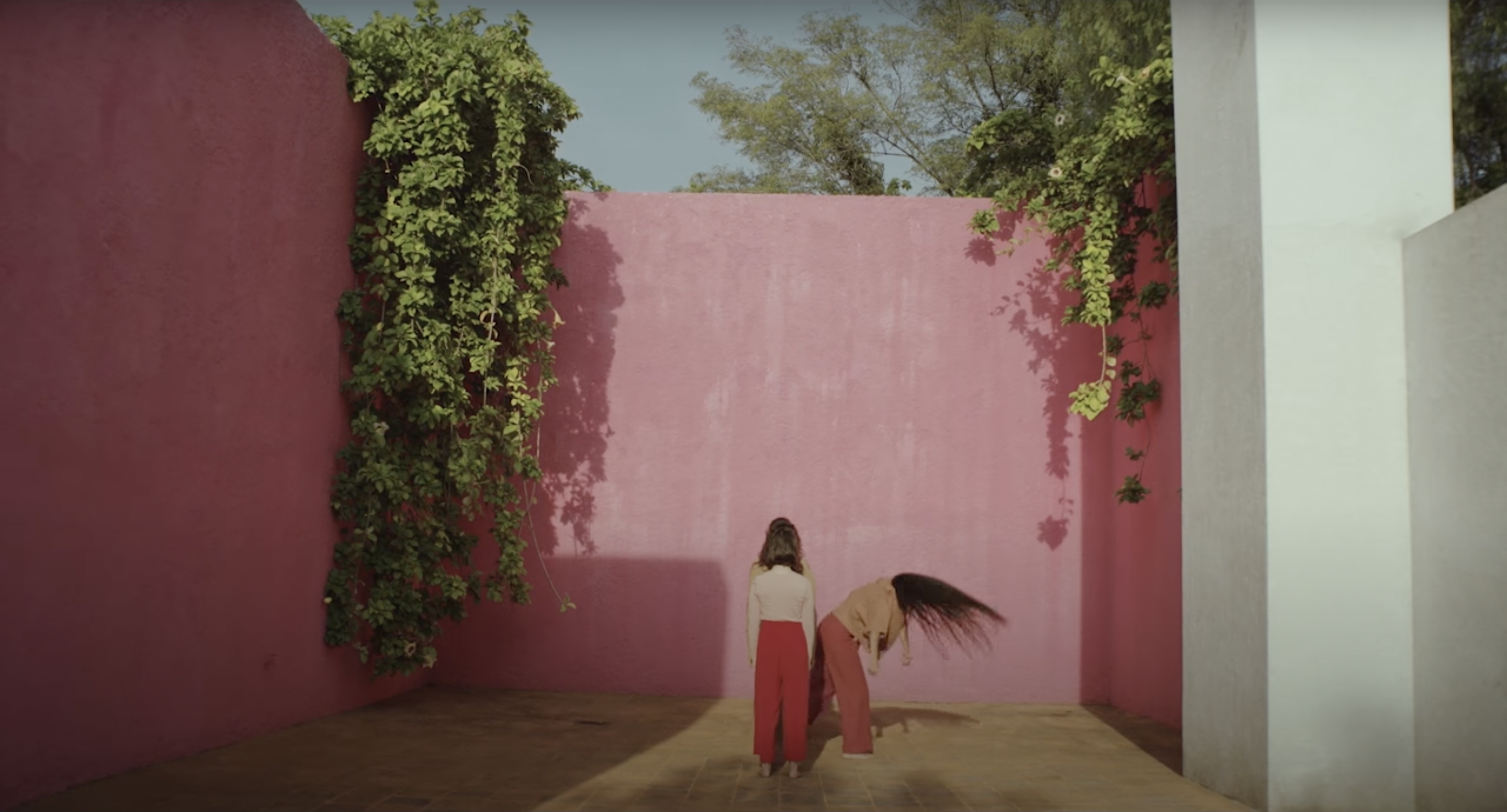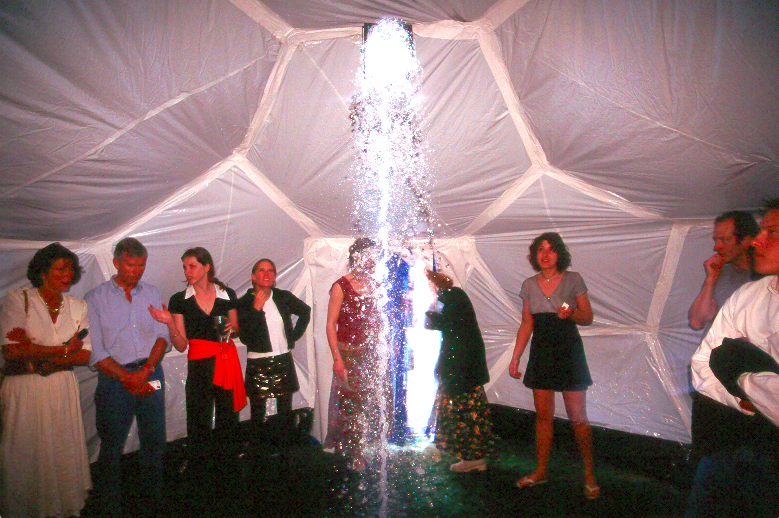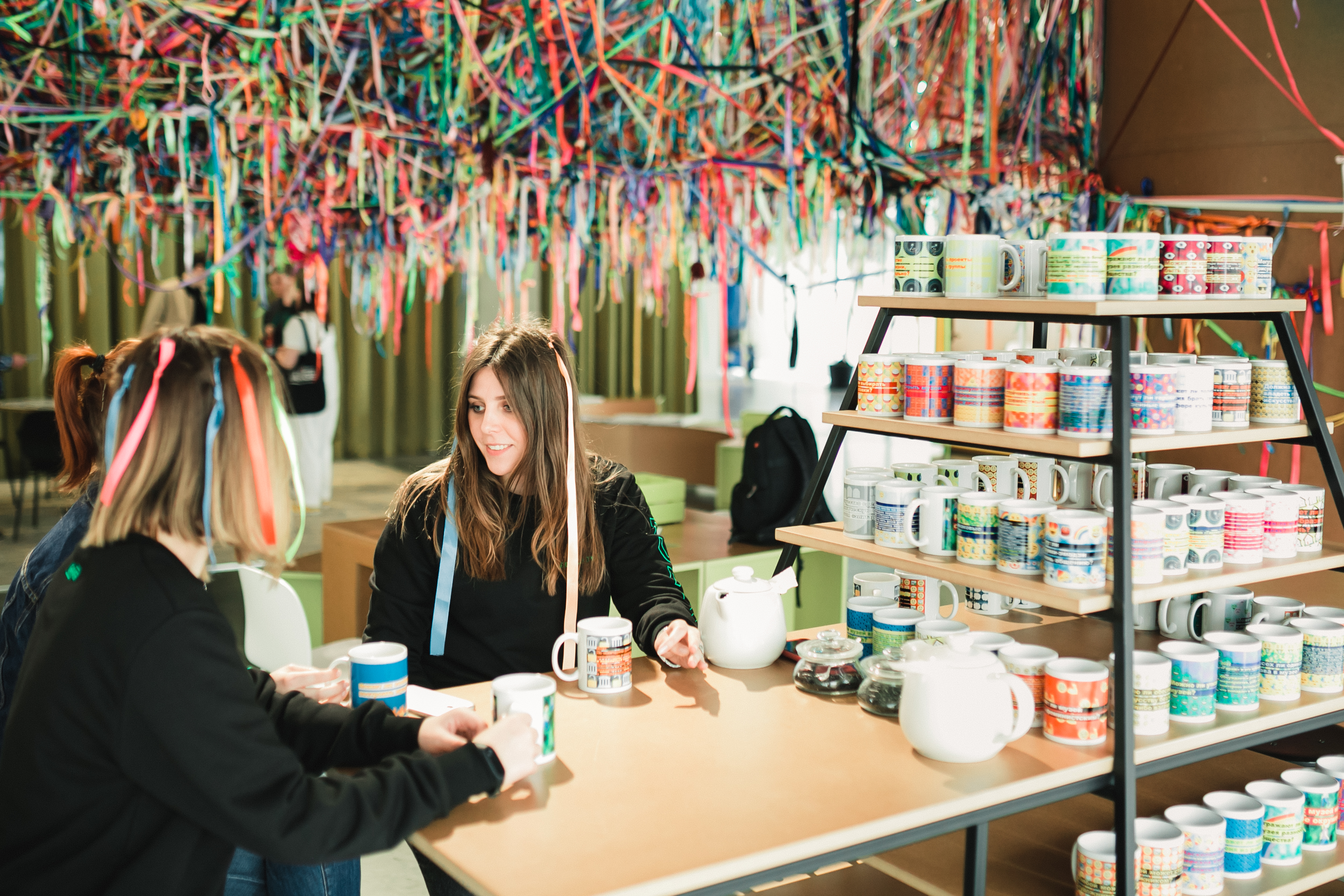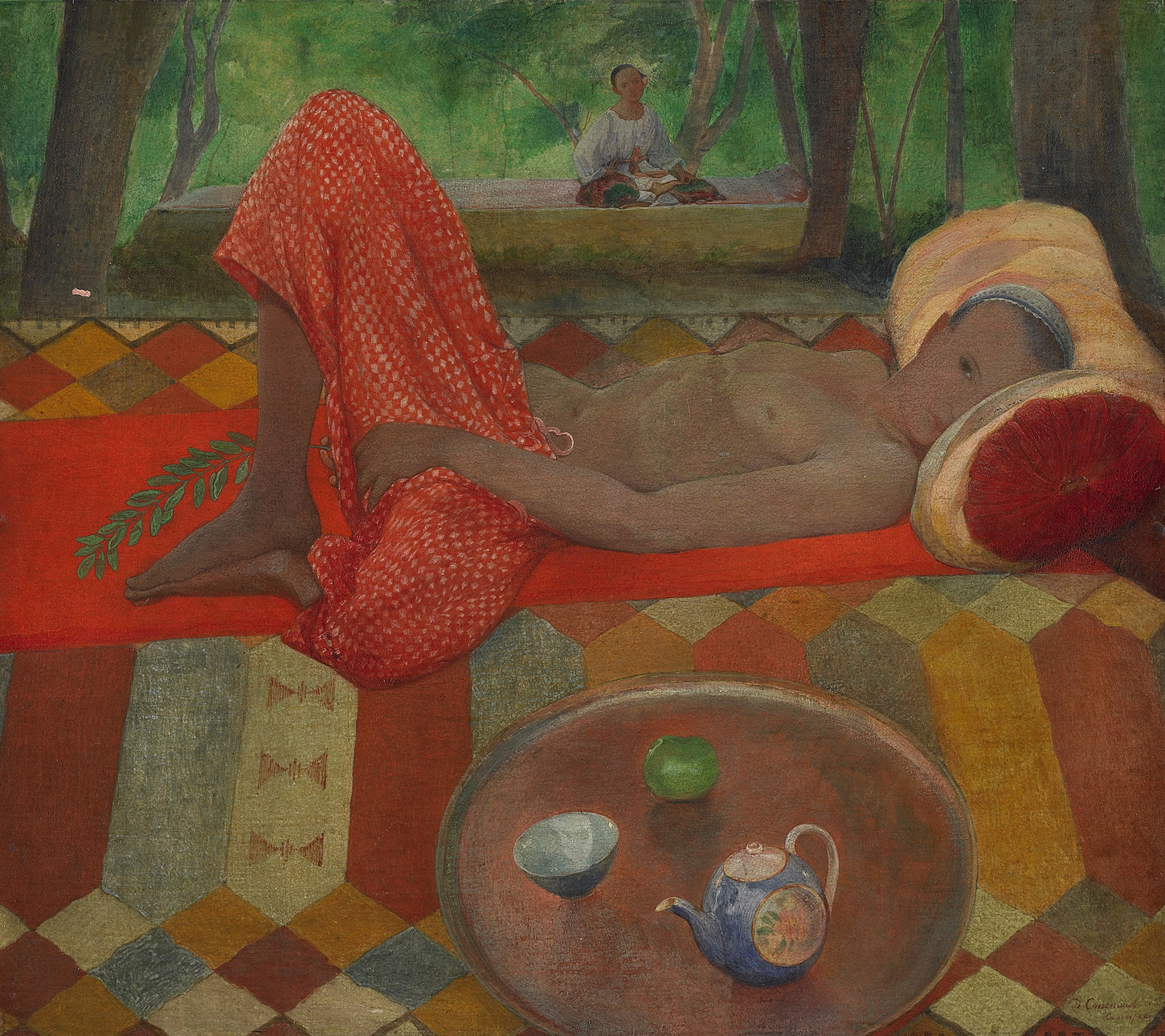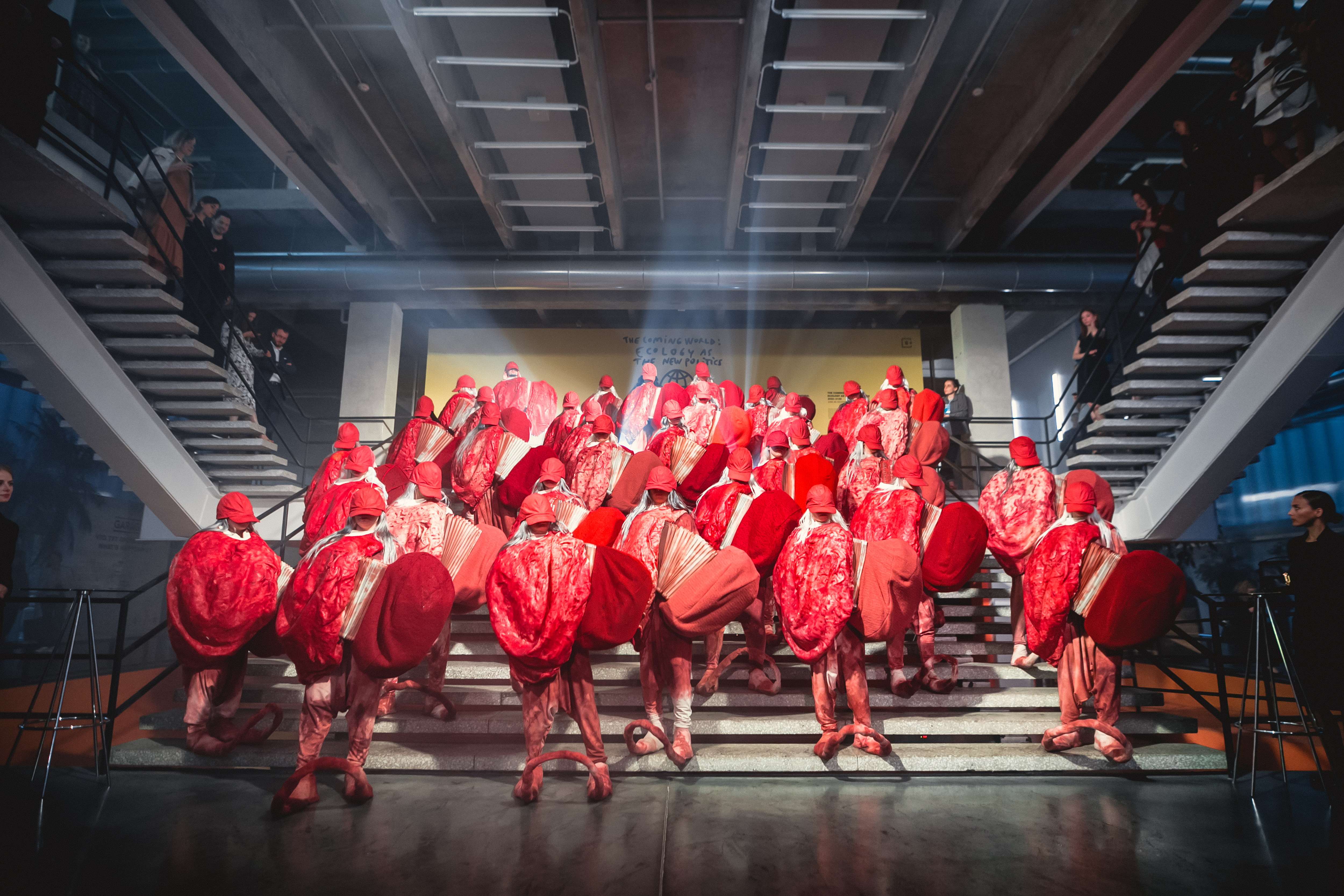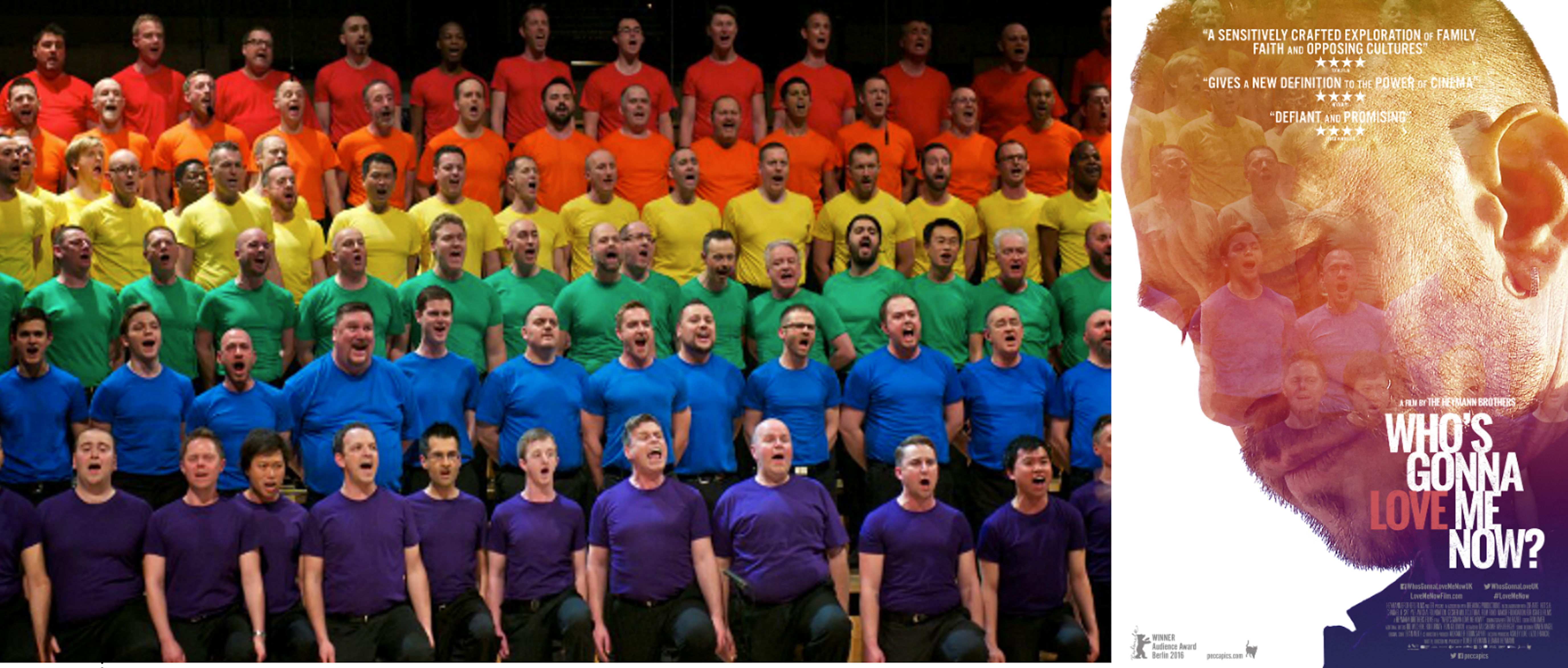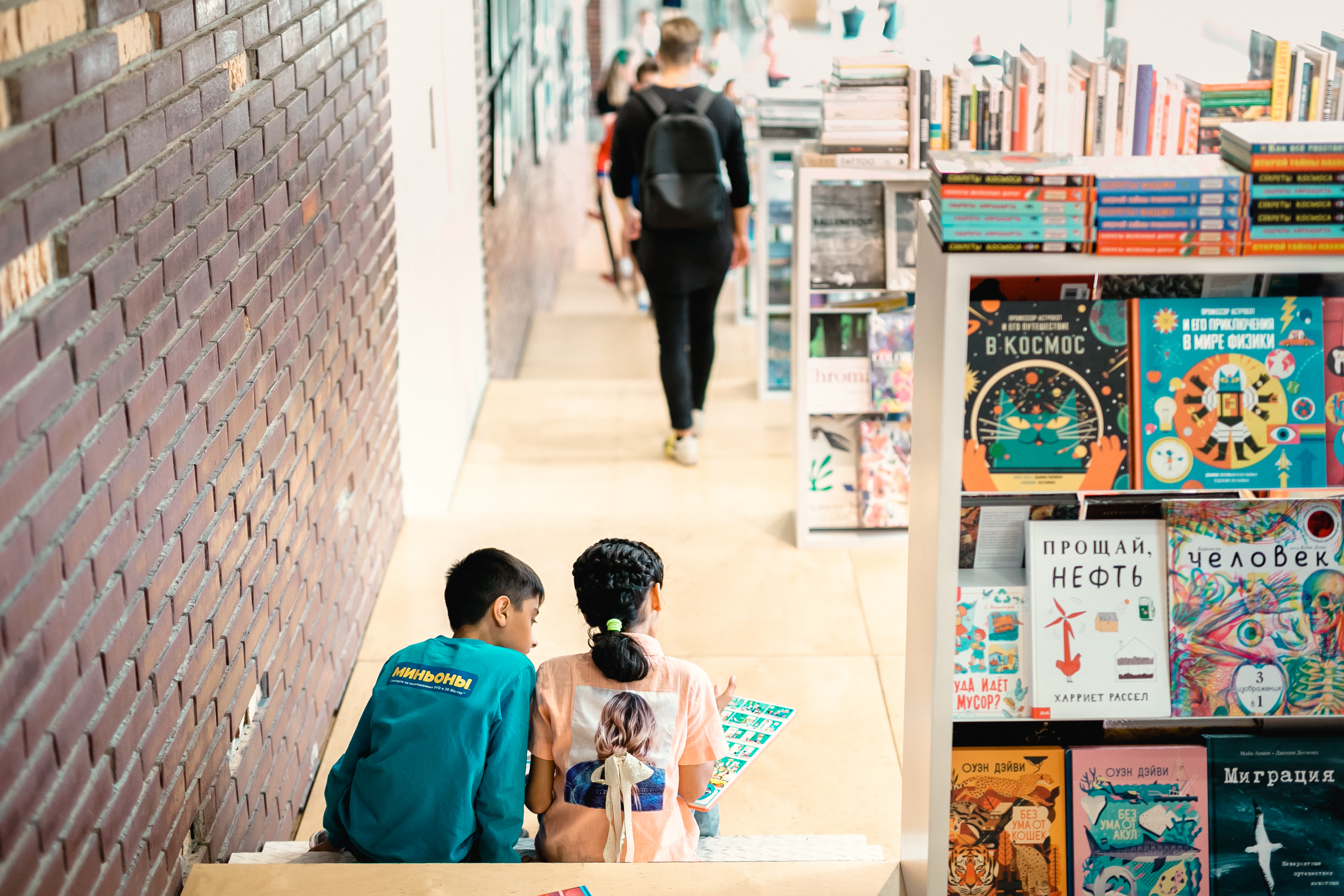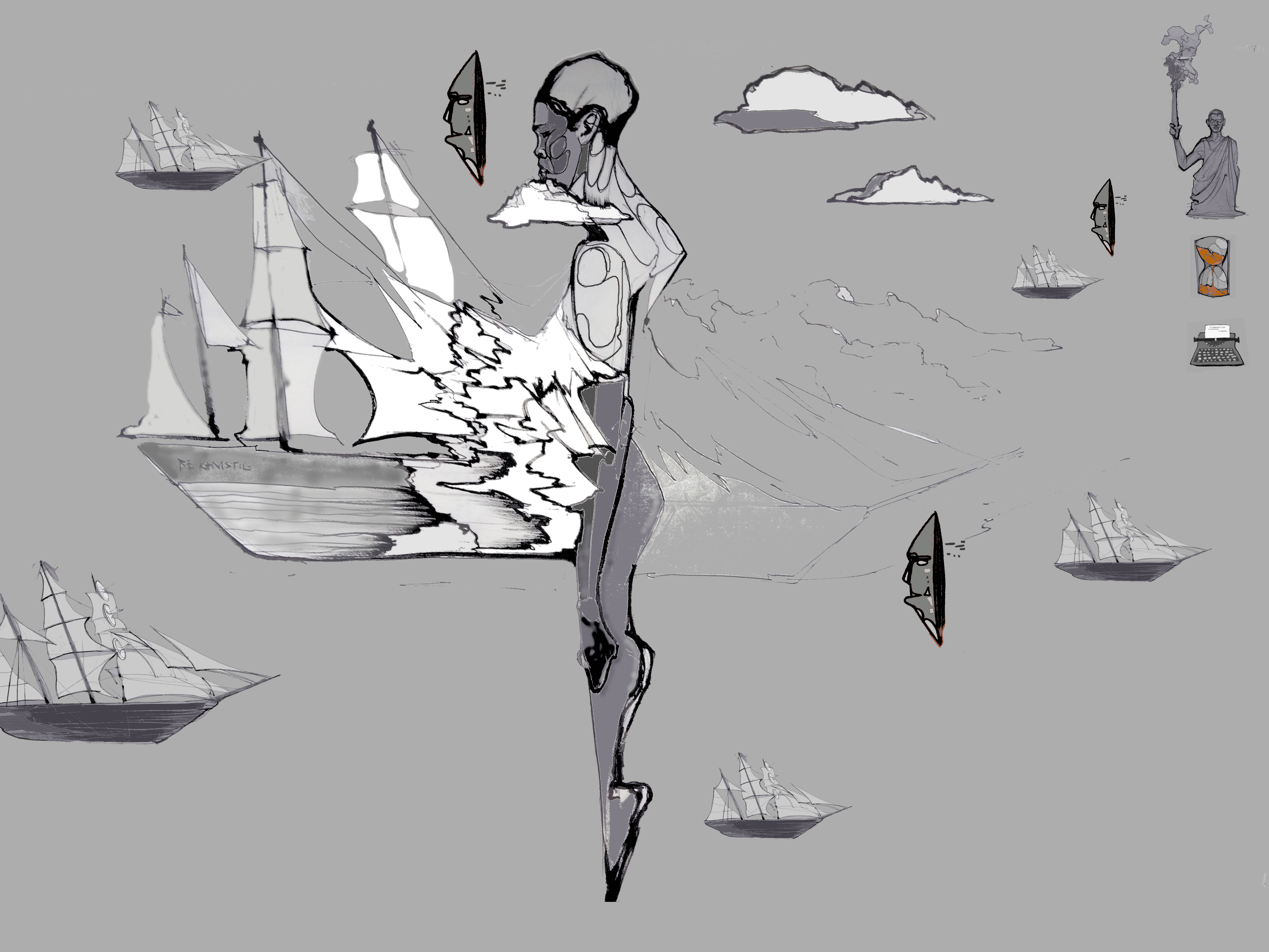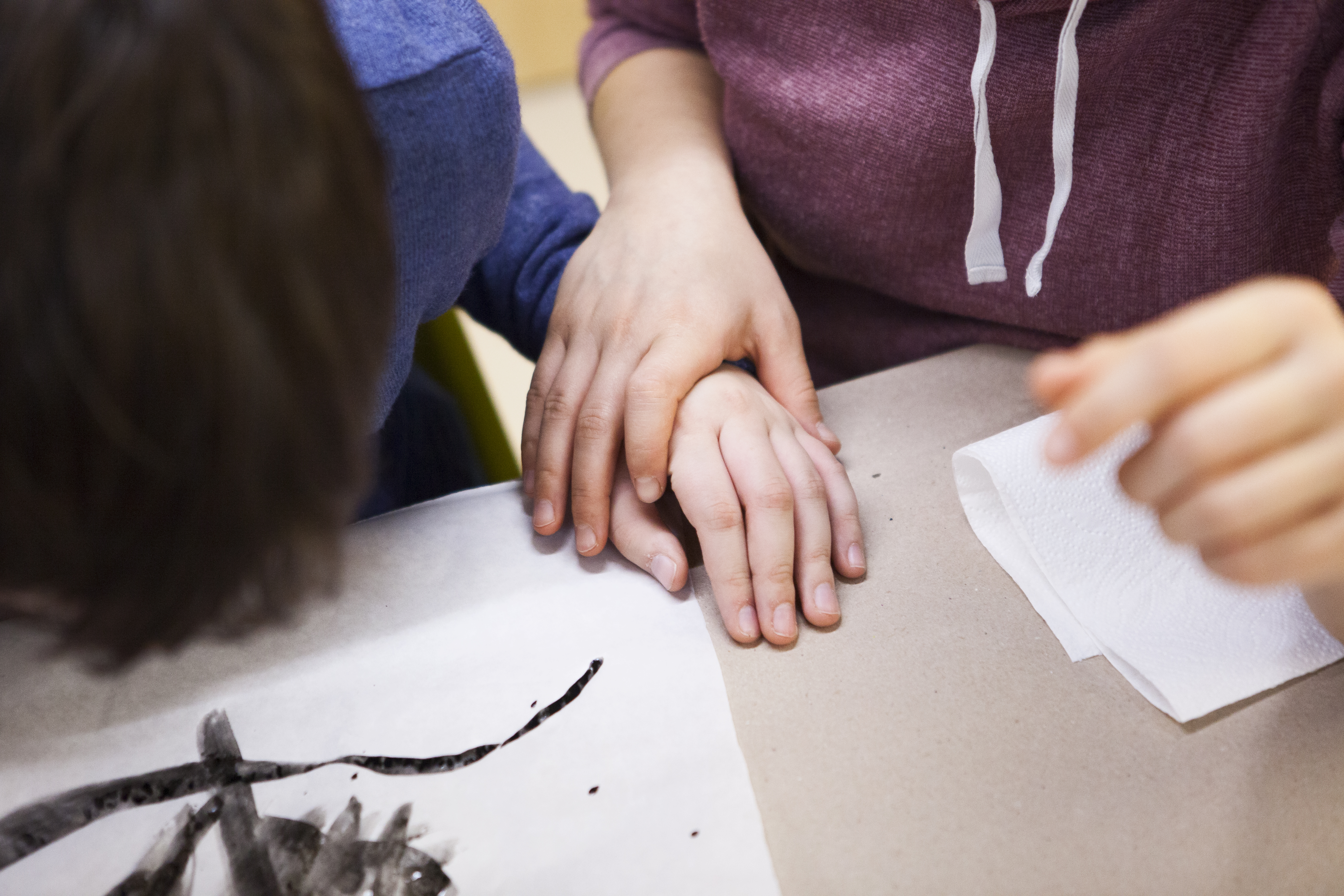Why Archive? On the Concept and History of Garage Archive Collection
Over the last twenty-five years, the importance of documentation in new art and museum practices, the convergence of archival and museum activities, the ‘interpenetration’ of the archive and contemporary art have been rigorously discussed by researchers. However, when it comes to research published in Russian, there have been virtually no studies based on local cases and little analysis of the international experience in this field. This article outlines the history and structure, as well as the rationale behind Garage Archive Collection, and contextualizes this collection within the global practices of building similar collections and of shaping current forms of work aimed at preserving the history of contemporary art in museums. As an attempt at self-reflection, the author's observations are based on the personal experience of creating and storing an archive in the Research Department of the museum, as well as of studying the practices of other cultural institutions as part of this activity.


